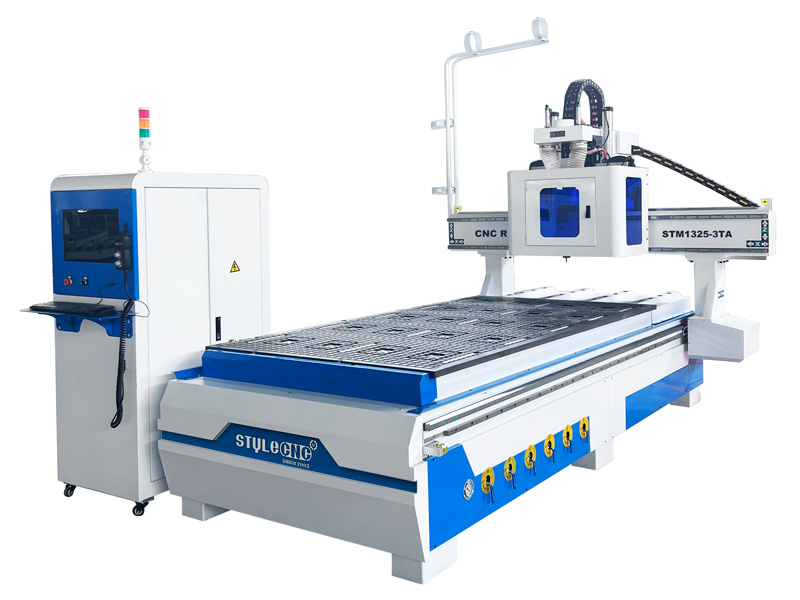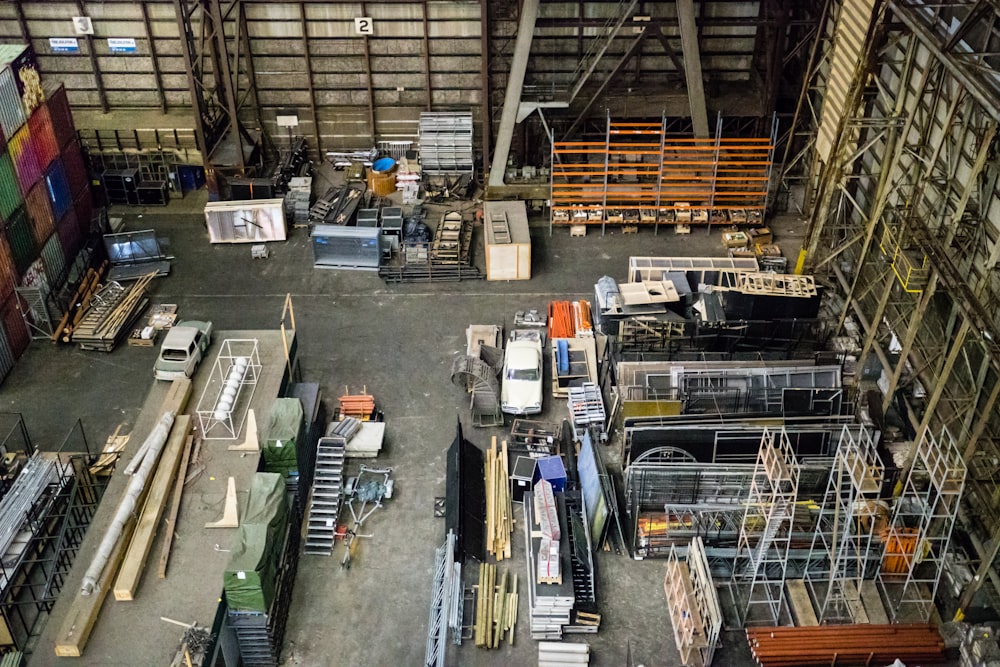
Decoding Innovation Unraveling Manufacturing Through Reverse Engineering
Decoding Innovation: Unraveling Manufacturing Through Reverse Engineering
In the realm of manufacturing, a captivating process known as reverse engineering has been making waves. This method, often veiled in mystery, involves dissecting and analyzing existing products to discern their intricacies. Let’s delve into the fascinating world of reverse engineering and explore its implications for innovation in manufacturing.
Unlocking Design Secrets
Reverse engineering in manufacturing acts as a key to unlocking the secrets embedded in the design of various products. It allows engineers to dismantle a product systematically, gaining insights into its construction, materials, and functionalities. By understanding the intricate details of successful designs, manufacturers can enhance their own products and processes.
Innovative Problem Solving
One of the primary advantages of reverse engineering lies in its ability to facilitate innovative problem-solving. When faced with challenges or inefficiencies in a product, engineers can deconstruct it to identify the root causes. This enables them to devise creative solutions and improvements, leading to enhanced performance and reliability.
Replicating and Improving
Reverse engineering plays a crucial role in the replication and improvement of existing products. By dissecting a competitor’s product, manufacturers can gain a deeper understanding of market trends and consumer preferences. This knowledge empowers them to create their own versions with added features, superior quality, or more cost-effective production processes.
Legacy Systems and Obsolescence
As technology advances, older systems and products risk becoming obsolete. Reverse engineering offers a lifeline for these legacy systems by enabling manufacturers to understand and recreate them using modern technologies. This process helps extend the lifespan of valuable products and infrastructure.
Protecting Intellectual Property
While the benefits of reverse engineering are evident, it also raises concerns about intellectual property. Manufacturers need to navigate the fine line between gaining insights from existing products and respecting the intellectual property rights of others. Striking this balance is essential for fostering a competitive yet ethical environment in the manufacturing industry.
The Role of Technology
In the digital age, technology plays a pivotal role in advancing reverse engineering capabilities. Advanced scanning techniques, 3D printing, and sophisticated software tools contribute to a more precise and efficient reverse engineering process. These technological advancements empower manufacturers to unravel product intricacies with unprecedented accuracy.
Reverse Engineering in Manufacturing: A Transformative Journey
Now, let’s explore how reverse engineering in manufacturing has become a transformative journey. This process not only dissects products physically but also delves into their digital counterparts. In this era of rapid technological evolution, the synergy between physical and digital reverse engineering is reshaping the landscape of innovation.
Linking Physical and Digital Realms: reltix.net
One platform that stands at the intersection of physical and digital reverse engineering is reltix.net. This innovative hub provides a bridge between traditional manufacturing methods and cutting-edge digital solutions. Manufacturers can leverage reltix.net to access a wealth of information, tools, and resources that facilitate both physical and digital reverse engineering processes.
Embracing a Hybrid Approach
Manufacturers are increasingly adopting a hybrid approach that combines the strengths of traditional and digital reverse engineering. This approach




:max_bytes(150000):strip_icc()/open-septic-tank-in-yard-while-bring-pumped-out-174030025-b87921a99e5748fb9997eebf4b203f3b.jpg)

